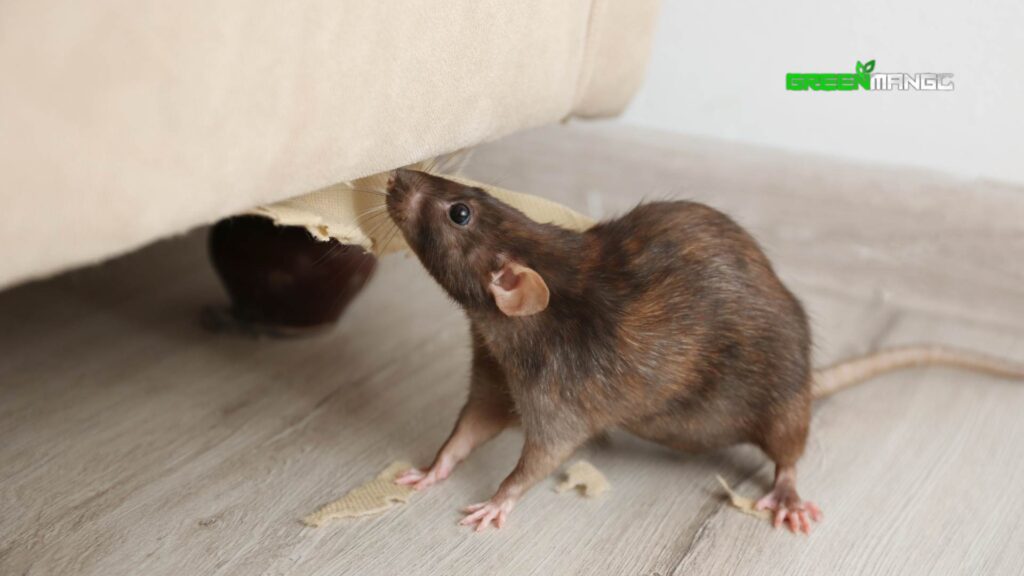Living in a rental property often means you can't make significant alterations without the landlord’s permission. This can be particularly challenging when it comes to pest control, where prevention is frequently about sealing up cracks, making structural changes, or applying treatments that might require permission. However, there are effective strategies renters can implement to keep their homes pest-free without needing to alter the property.
1. Maintain Cleanliness
The easiest and most effective way to prevent pests in any home is to keep it clean. Ensure that food is stored in sealed containers and that no food particles are left out in the open. Regularly vacuuming and sweeping can greatly reduce potential food sources for pests. Pay special attention to kitchen areas and dining spaces where crumbs and food residues can accumulate.
2. Dispose of Garbage Regularly
Pests like rodents and insects are attracted to garbage. Ensuring that your trash is taken out regularly and that your garbage cans have tight-fitting lids can significantly reduce the likelihood of pests. If possible, keep garbage bins outside rather than in your kitchen or another indoor area.
3. Use Natural Repellents
For renters, natural repellents are a great solution because they don’t involve any permanent changes to the property. Consider using essential oils like peppermint, lavender, or eucalyptus, which are known to repel many types of insects. Cotton balls soaked in these oils can be placed in areas prone to pests. Additionally, vinegar can also deter ants and fruit flies when used to wipe down surfaces.
4. Seal Gaps with Temporary Measures
While you may not be able to seal holes and cracks permanently, you can still use temporary measures. For instance, copper mesh can be stuffed into small gaps around pipes and under doors, and it’s easily removable. Adhesive weather stripping can be used on doors and windows to keep flying pests out and can be removed without leaving damage.
5. Manage Moisture
Pests are not only attracted to food but also to moisture. Check for leaky faucets and pipes regularly and use a dehumidifier in damp areas of your home, like bathrooms and basements, to help keep the area dry and less appealing to pests like cockroaches and silverfish.
6. Use Window Screens and Netting
If your rental didn’t come with window screens, consider installing temporary screens or using netting. These can prevent flies, mosquitoes, and other flying insects from entering your home and are easily removable when you move out.
7. Store Food and Pet Food Properly
Improperly stored food can attract pests. Make sure that all food items, particularly grains, cereals, and pet food, are stored in airtight containers. This not only keeps pests out but also keeps your food fresher.
8. Communicate with Your Landlord
If you notice a serious pest problem, communicate with your landlord. In many places, landlords are legally responsible for pest control. Furthermore, if the infestation is a result of structural issues, such as holes in the exterior walls or broken seals around pipes, these are typically the landlord’s responsibility to fix.
9. Use Traps Strategically
Non-toxic traps, such as sticky traps for insects or snap traps for mice, can be used to control pests without using chemicals. Place them in areas where pests are likely to travel but ensure they are out of reach of children and pets.
10. Be Mindful of Shared Spaces
In multi-unit buildings, pests can travel from one apartment to another. Be mindful of shared spaces like laundry rooms, storage areas, and garages. Keep your belongings off the floor and in sealed containers to prevent pests from hitching a ride into your home.
By following these strategies, renters can effectively manage pest problems in their homes without making permanent changes to the property. Remember, the key to effective pest control is prevention, regular maintenance, and communication. If the situation becomes unmanageable, don’t hesitate to contact a professional pest control service like Green Mango Pest Control to help maintain a pest-free living environment.
